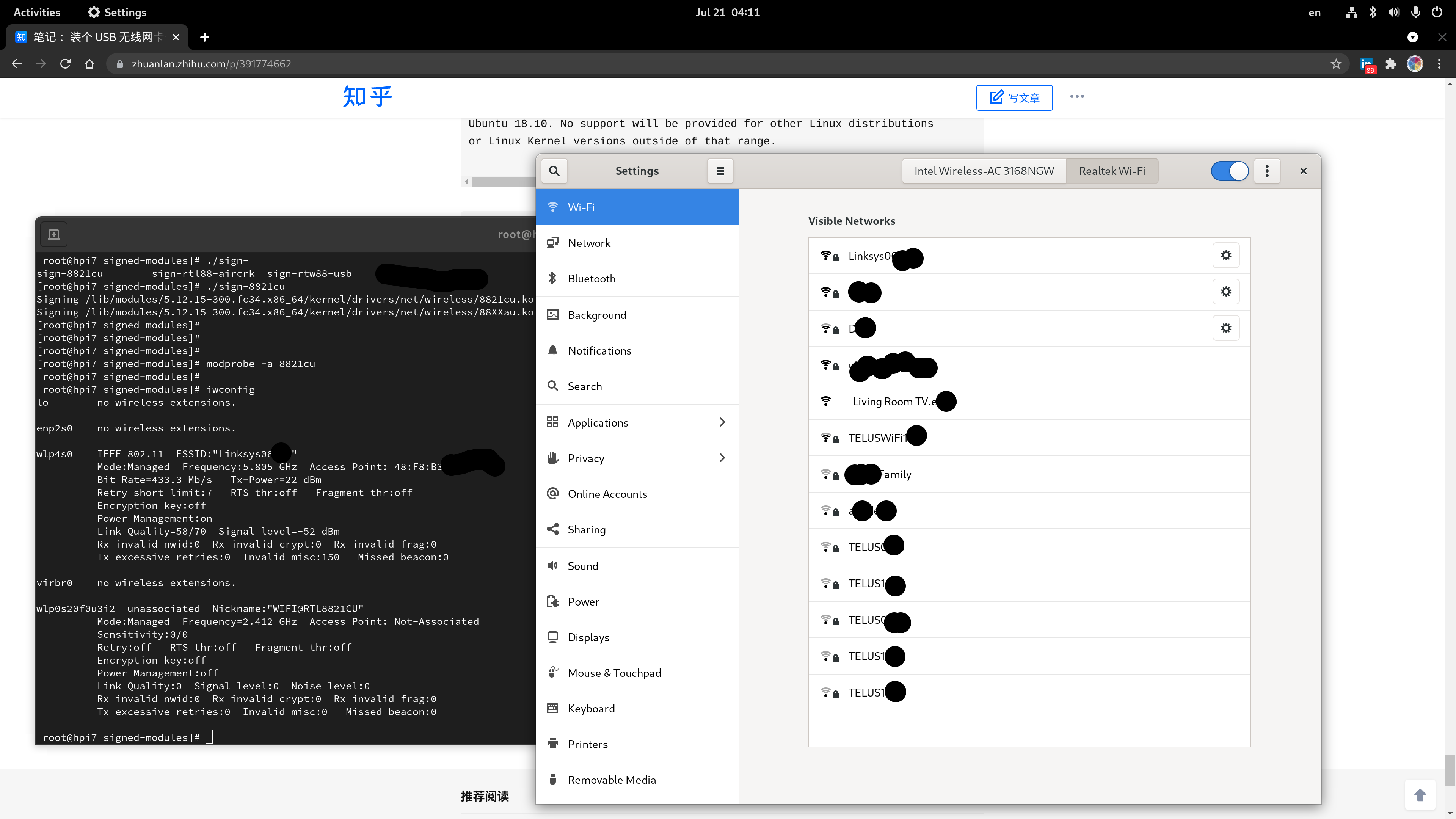

If you want to send a specific configuration file to a USB stick, you can use the following command: sudo usb_modeswitch -W -c You'll get plenty of traces, that will show where the problem is: udev rule not executed, no configuration file for USB_ModeSwitch, etc. Once everything is configured, insert the USB stick.

run udevd in the foreground and in debug mode: sudo udevd -debug.stop the service: sudo service udev stop.One good method is to switch various applications to debug mode: Now, what to do if, when you insert the brand new 4G USB stick you just received, nothing happens? To perform the connection, it first sends required AT commands to the stick, using device ttyUSB0. If you decide to activate wireless network connectivity (or if Network Manager decides it), ModemManager handles the connectivity request. Additionally, when you are the first user to log in, related applet should be displayed somewhere on your desktop environment.Īs soon as the USB stick is seen as an usual modem, Network Manager is informed about it. Network Manager is a service which is started automatically at system boot. Starting from there, the stick is seen as a normal (serial) modem, that can be controlled through device /dev/ttyUSB0 (or another number). Once the key is switched into its modem configuration, one or more ttyUSB devices are created. Each file is named according to vendor id and product id declared in the stick. Those files are stored inside /usr/share/usb_modeswitch/. To send the right command to the stick, USB_ModeSwitch uses a set of predefined configuration files. Why "right"? Because, of course, almost every stick has a different way to be switched.
Usb_modeswitch for mac driver#
Next time the stick is connected to Windows, the driver will again switch it into its modem configuration.įor Linux, USB_ModeSwitch performs the right switch operation for a given stick. Once installed, the driver "switches" the stick into its modem configuration. The "modem" driver is automatically installed from this drive.
Usb_modeswitch for mac windows#
First time the stick is connected to a PC, it is seen by Windows as an external USB drive.
Usb_modeswitch for mac software#
Software driver that Windows requires are on the stick itself. What's the aim of USB_ModeSwitch? For some years now, wireless "modem" USB sticks have been delivered without any accompanying CD (lower cost, smaller box!). USB_ModeSwitch provides udev with a specific rule, 40-usb_les (in /lib/udev/rules.d/). So, which rule is called? Here enters another piece of software, named USB_ModeSwitch. You can find those rules in folders /etc/udev/rules.d/ and /lib/udev/rules.d/.

Udev performs actions depending on device attributes and on a predefined set of rules. So, what happens when you insert a 4G USB stick into a USB connector? This action is detected by udev, a generic device manager which runs as a daemon. This is the most recent version of Linux Mint, but information below should apply to most (not too old) distributions based on Debian. It is written for Linux Mint 15, based on Ubuntu 13.04. This article summarizes what I discovered. One of them was not supported yet by Linux version I was using. Recently, I happened to use several different 3G and 4G USB sticks. This can be sometimes time consuming, but at least you have the opportunity to do it. Consequently, you know that you'll always be able to find information about its inner workings. But it may happen that either you don't run a recent version, or the stick is still uknown to Linux. In latest versions of Linux, 4G USB sticks are well supported.


 0 kommentar(er)
0 kommentar(er)
